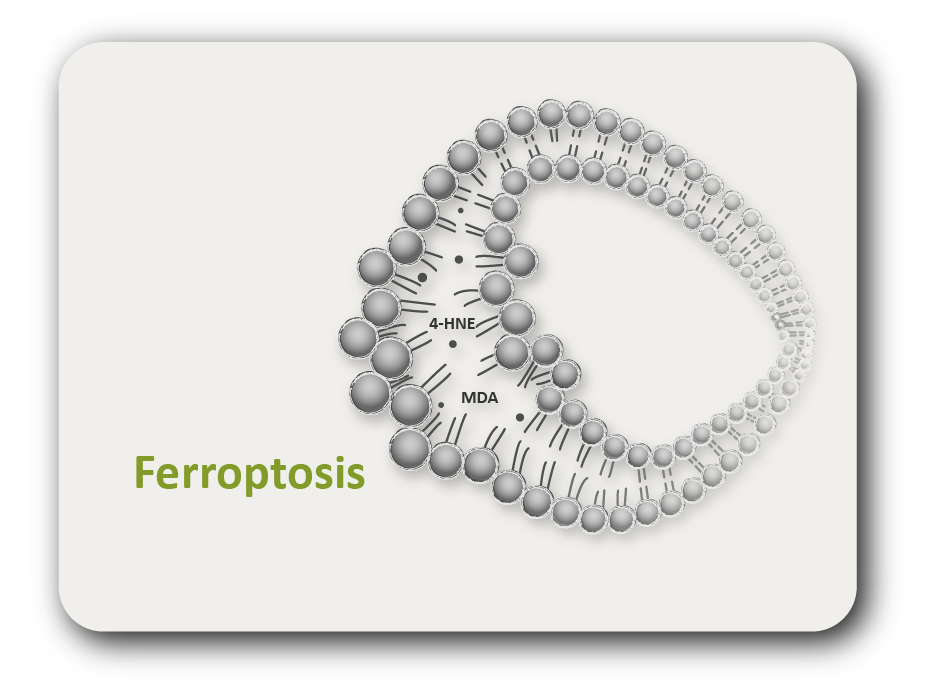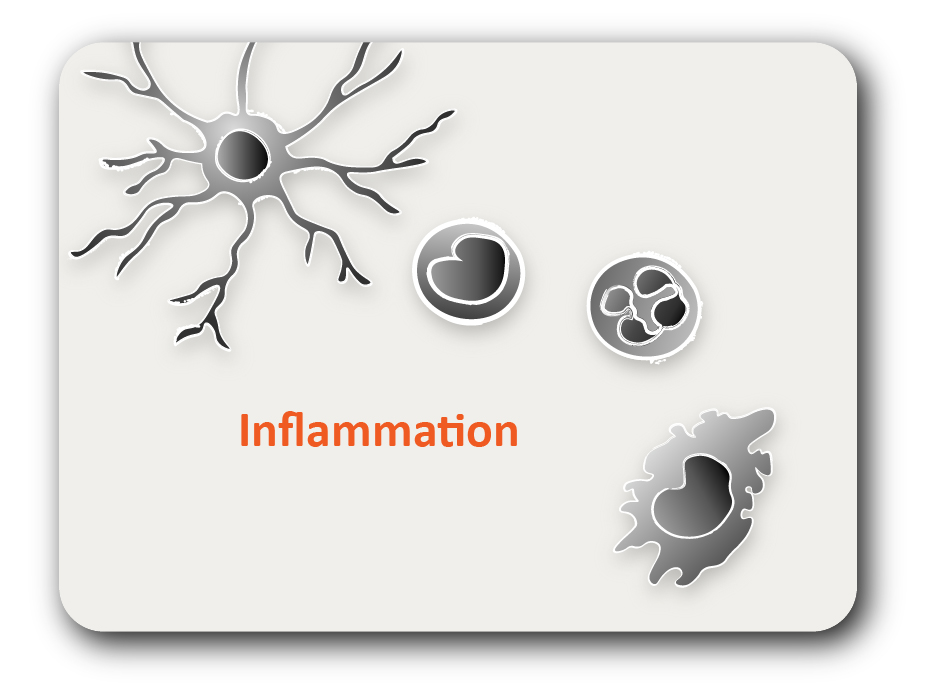ARG70563
Human CD134 / OX40 recombinant protein (His-tagged)
Human CD134 / OX40 recombinant protein (His-tagged) for SDS-PAGE
Overview
| Product Description | CHO expressed, His-tagged Human CD134 / OX40 recombinant protein |
|---|---|
| Tested Application | SDS-PAGE |
| Target Name | CD134 / OX40 |
| A.A. Sequence | Leu29 - Ala216 |
| Expression System | CHO |
| Alternate Names | TNFRSF4; TNF Receptor Superfamily Member 4; TXGP1L; ACT35; CD134; OX40; TAX Transcriptionally-Activated Glycoprotein 1 Receptor; Tumor Necrosis Factor Receptor Superfamily Member 4; OX40L Receptor; ACT35 Antigen; CD134 Antigen; Tax-Transcriptionally Activated Glycoprotein 1 Receptor; Tumor Necrosis Factor Receptor Superfamily, Member 4; Lymphoid Activation Antigene ACT35; OX40 Cell Surface Antigen; OX40 Homologue; ATC35 Antigen; OX40 Antigen; IMD16 |
Properties
| Form | Powder |
|---|---|
| Purification Note | Endotoxin level is less than 0.1 EU/µg of the protein, as determined by the LAL test. |
| Purity | > 90% (by SDS-PAGE) |
| Buffer | PBS (pH 7.4) |
| Reconstitution | It is recommended to reconstitute the lyophilized protein in sterile water to a concentration not less than 200 μg/ml and incubate the stock solution for at least 20 min at room temperature to make sure the protein is dissolved completely. |
| Storage Instruction | For long term, lyophilized protein should be stored at -20°C or -80°C. After reconstitution, aliquot and store at -20°C or -80°C for up to one month. Storage in frost free freezers is not recommended. Avoid repeated freeze/thaw cycles. Suggest spin the vial prior to opening. |
| Note | For laboratory research only, not for drug, diagnostic or other use. |
Bioinformation
| Gene Symbol | TNFRSF4 |
|---|---|
| Gene Full Name | TNF Receptor Superfamily Member 4 |
| Background | The protein encoded by this gene is a member of the TNF-receptor superfamily. This receptor has been shown to activate NF-kappaB through its interaction with adaptor proteins TRAF2 and TRAF5. Knockout studies in mice suggested that this receptor promotes the expression of apoptosis inhibitors BCL2 and BCL2lL1/BCL2-XL, and thus suppresses apoptosis. The knockout studies also suggested the roles of this receptor in CD4+ T cell response, as well as in T cell-dependent B cell proliferation and differentiation. [provided by RefSeq, Jul 2008] |
| Function | Acts as a receptor for human herpesvirus 6B/HHV-6B. [Uniprot] |





